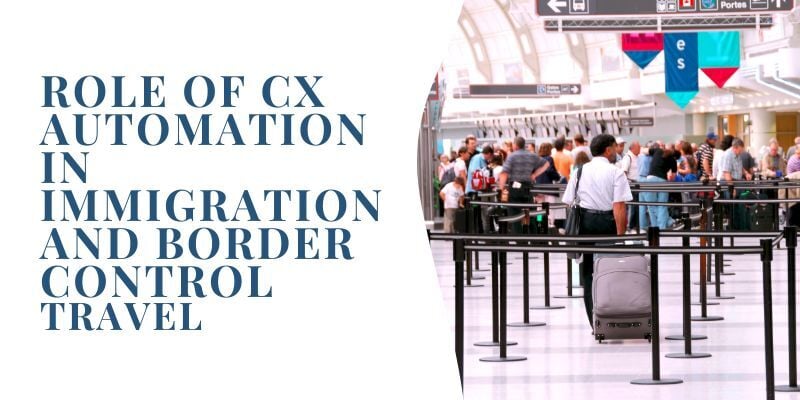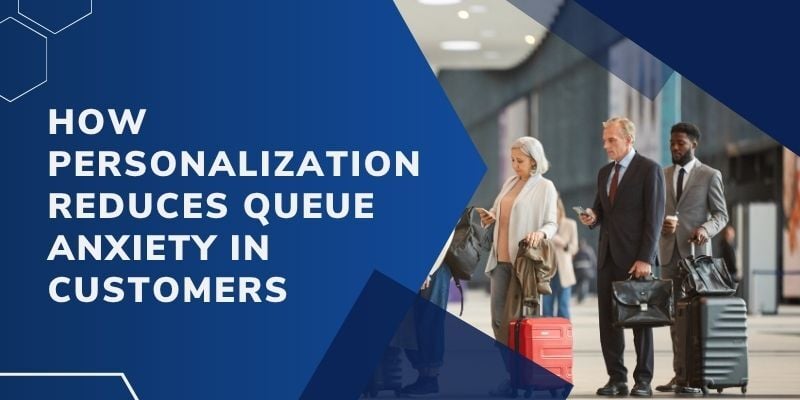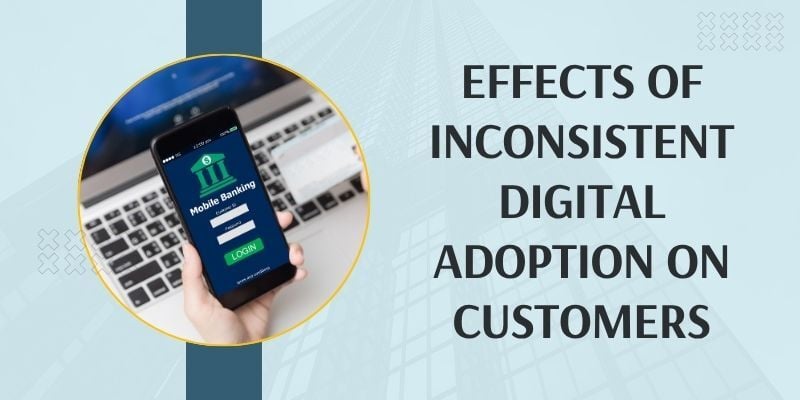Customer experience has become the defining factor that separates leading companies from the rest. Today, how a business engages with its customers often matters more than price or product features.
Leaders can no longer rely on assumptions when making investments in CX. Real data is essential to justify initiatives and build a strong business case.
Tracking performance against CX benchmarks allows organizations to see where they stand and identify areas for improvement. Loyalty, retention, and customer satisfaction remain key indicators of success.
Digital interactions influence how clients perceive a brand, making it important for businesses to monitor and refine these experiences.
This article presents 25 customer experience statistics every leader should know. The statistics are organized into categories, with each section highlighting a specific aspect of CX from loyalty and personalization to industry benchmarks, ROI, and future trends.
25 Customer Experience Statistics

Customer experience affects how clients view a business and influences their loyalty. The CX trends and statistics below show customer behaviors and expectations. This information can help businesses improve satisfaction, retain clients, and grow over time.
CX Loyalty & Retention
Customer loyalty shows how likely customers are to return and continue purchasing from a brand. Customer loyalty statistics reveal how experiences—good or bad—impact repeat purchases, retention, and overall satisfaction. Even small improvements in service or support can make a noticeable difference.
- 89% of consumers are more likely to make another purchase following a positive customer service experience. (Salesforce Research)
- 68% of consumers still remain loyal to specific brands in 2025. (SAP Emarsys)
- 32% of customers would stop buying from a brand they once loved after a single negative experience. In Latin America, 49% say they would walk away after one bad experience. (PwC)
- 51% of consumers reduce or stop spending with a company after a very poor experience. (Qualtrics XM Institute)
- Customers with a positive experience are likely to spend 140% more than those with a negative experience. (Deloitte)
Personalization & Customer Expectations
Customers today expect experiences that address their individual needs, and companies that fulfill these expectations are more likely to retain them and improve satisfaction.
Personalized customer experience stats show where businesses are succeeding and where gaps remain, helping them enhance engagement. A strong, personalized experience can lead to repeat business and higher revenue.
- 71% of consumers expect companies to provide personalized interactions, and 76% feel frustrated when this does not happen. (McKinsey)
- 59% of customers want companies to use the data they already have to offer truly individualized experiences. (Zendesk)
- 80% of customers say that the experience a company provides is as important as its products or services. (Salesforce)
- Companies that grow faster generate 40% more revenue from personalization than slower-growing competitors. (McKinsey)
- Only 60% of consumers are satisfied with the customized and targeted experiences currently offered by companies. (Deloitte)
Digital Adoption, AI & Self-Service

Customers now expect quick, convenient ways to get help without waiting for a human agent. Self-service and AI let businesses handle routine interactions efficiently, while freeing staff to focus on more complex issues.
The following stats show how companies and customers are engaging with digital and automated channels.
- The global conversational AI market, including chatbots and intelligent virtual assistants, is projected to grow at a compound annual growth rate of 22%, reaching nearly $14 billion by 2025. (Deloitte)
- Nearly 48% of companies report that AI solutions help them improve customer experiences. (IBM)
- 67% of consumers prefer self-service options to contacting a representative for simple issues. (SuperOffice)
- 61% of customers favor self-service channels for handling simple queries. (Salesforce)
- 51% of customers say they would rather interact with bots than humans when they need instant support. (Zendesk)
Industry-Specific CX Benchmarks
Customer experience performance varies across industries, and understanding benchmarks helps businesses identify gaps and opportunities. The following stats show how customers respond in different sectors and where companies can focus their CX efforts.
- 54% of patients say they would switch healthcare providers for better digital engagement. (ZipDo)
- In healthcare, 80% of patients report that online scheduling affects their choice of provider. (Press Ganey)
- Telecommunications customers have an average Net Promoter Score of 31, one of the lowest across industries. (CustomerGauge)
- Customer retention in the telecommunications sector averages 78%. (TryPropel)
- 2 in 3 automotive consumers say that the experience a brand provides matters more than price when making a purchase decision. (Cox Automotive)
ROI, Omnichannel & Business Impact
Customer experience directly influences growth, retention, and profitability. Businesses that invest in omnichannel experiences and responsive service see stronger loyalty and higher returns.
The following customer service statistics show how improving CX and streamlining engagement across channels can translate into real business results.
- For every 10-percentage-point increase in customer satisfaction, companies can achieve 2-3% higher revenue. (McKinsey)
- Organizations with advanced omnichannel integration experience a 9% reduction in cost per assisted contact. (Deloitte)
- Improving CX by just one point in the CX Index can generate over $1 billion in additional revenue for large brands. (Forrester)
- Brands that prioritize customer experience grow revenue 1.7x faster than those that don’t. (Forrester)
- Businesses that get omnichannel personalization right can see revenue gains of 5-15% across their full customer base. (McKinsey)
Leadership Takeaways

For today’s business leaders, customer experience is a strategic priority that determines long-term success.
Loyalty no longer depends on pricing alone — it’s earned through consistent, reliable, and meaningful engagement across every channel. When customers feel understood and supported, they remain loyal and contribute to steady growth.
Personalization and responsiveness have become essential expectations. Customers now look for interactions that are relevant and effortless, with minimal friction across touchpoints.
Businesses that use data effectively and streamline processes can deliver this level of service while strengthening trust with every interaction.
Omnichannel engagement and CX automation are setting new standards for operational excellence. By integrating technology that unifies data and automates support, companies can ensure consistency and responsiveness across all customer journeys.
For executives, the message is clear: customer experience is not a one-time initiative but a long-term investment.
Organizations that embed CX into their strategy build stronger relationships, improve retention, and sustain competitive advantage in an increasingly connected market.
FAQs
What percentage of customers leave after one bad experience?
Around 32% of customers stop buying from a brand after just one negative experience, showing how easily loyalty can be lost. In some regions, this number rises to nearly 50%, making it essential for businesses to maintain consistent, high-quality customer experiences.
How does personalization impact loyalty?
Personalization directly boosts retention as 71% of consumers expect customized interactions, and those who receive them are more likely to stay loyal. When businesses use data to anticipate customer needs, they create experiences that build lasting relationships.
What ROI does CX improvement generate?
Improving CX delivers strong financial returns. Research shows that a 10-point increase in customer satisfaction can raise revenue by 2-3%, while advanced CX initiatives help reduce operational costs and customer churn.
Which industries have the weakest CX?
Telecommunications often ranks among the lowest, with an average Net Promoter Score of 31. Sectors like healthcare and finance are improving but still face challenges in delivering seamless, digital-first experiences that match customer expectations.
How is AI changing CX?
AI enhances CX by automating routine interactions, offering 24/7 support, and enabling personalization at scale. With predictive analytics and intelligent automation, CX automation helps businesses respond faster, improve efficiency, and deliver consistent customer experiences.
Conclusion
Customer experience is the real battleground of 2025. Success now depends on how well a business understands, engages, and retains its customers, not just on product or price.
Every interaction counts, from seamless omnichannel support to self-service options that make problem-solving effortless.
These customer satisfaction statistics show that loyalty and trust grow when businesses offer consistent, personalized experiences supported by automation and human insight.
As expectations rise, organizations that invest early will stand out and earn lasting customer confidence.
Leaders should benchmark their CX strategies against these insights to identify opportunities for improvement and strengthen their competitive position in the year ahead.
BOOK A FREE DEMO





